In today’s global trade landscape, the transportation of hazardous materials, commonly referred to as hazmat, presents unique challenges and complexities that require specialized knowledge and expertise. Hazmat freight forwarding encompasses a range of logistical services dedicated to safely transporting hazardous substances—be they chemical, biological, or radioactive—while adhering to strict regulatory standards. Understanding the intricacies of hazmat shipping is crucial for businesses involved in international trade, particularly when moving goods across borders like from China to Albania. This article delves into the essential aspects of hazmat freight forwarding, including regulatory compliance, safety protocols, documentation requirements, and the importance of selecting a qualified freight forwarder to ensure the safe and efficient movement of hazardous materials.
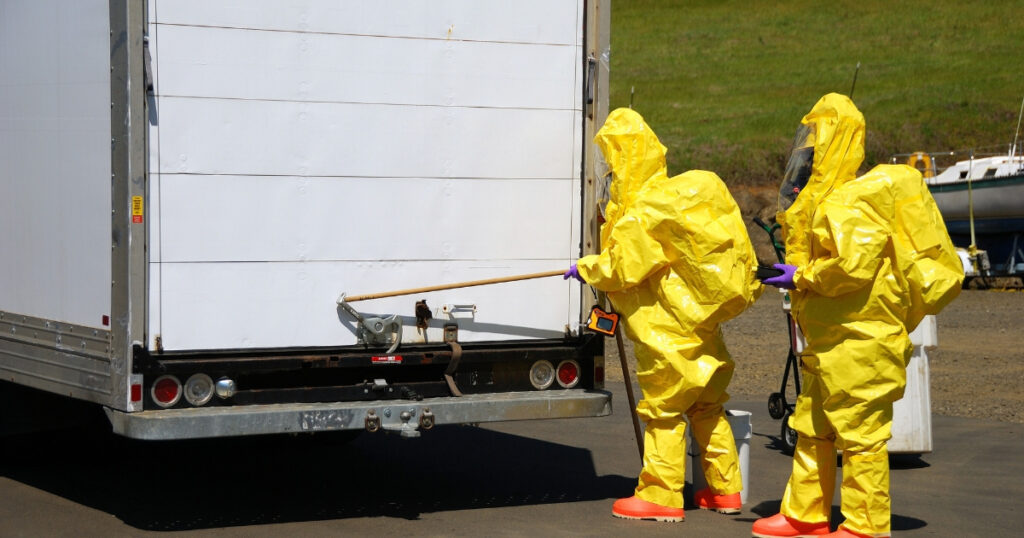
Understanding Hazmat Freight Forwarding
Hazmat Freight Forwarding refers to the specialized logistics services dedicated to the transportation of hazardous materials (hazmat). These materials, which can be chemical substances, biological agents, or radioactive materials, require rigorous handling, packaging, and transportation protocols due to their potential risks to health, safety, and the environment.
Hazmat freight forwarding involves the coordination of various logistical elements, including the selection of appropriate carriers, adherence to regulatory compliance, and risk management strategies. It ensures that hazardous materials are transported safely from the point of origin to the destination while minimizing any potential risks or liabilities.
Importance of Choosing the Right Hazmat Freight Forwarder
Selecting a competent hazmat freight forwarder is crucial due to the complexities associated with transporting hazardous materials. The right forwarder not only has the necessary expertise and experience but also possesses knowledge of the regulations specific to the regions involved in the shipment. Here are several key reasons why the choice of forwarder is critical:
-
Regulatory Compliance: Hazmat transportation is subject to stringent regulations set forth by authorities such as the International Air Transport Association (IATA) and local government agencies. A knowledgeable forwarder ensures strict adherence to these regulations to avoid penalties and delays.
-
Safety Protocols: Transporting hazardous materials poses significant risks. A professional forwarder implements safety measures to protect personnel, the environment, and cargo. This includes proper training for staff and emergency response preparedness.
-
Cost-Effectiveness: A skilled forwarder can optimize shipping routes and methods, potentially reducing costs. Their experience in managing hazmat shipments can also mitigate the risk of costly delays and damages.
-
Insurance Services: Providing adequate insurance coverage is essential when dealing with hazardous materials. A reliable forwarder can assist in obtaining appropriate insurance, ensuring that you are protected in case of accidents or losses.
-
Customs Clearance Expertise: Navigating customs procedures for hazmat shipments can be intricate and time-consuming. A proficient forwarder simplifies the customs clearance process, ensuring that all required documentation is correctly prepared and submitted in a timely manner.
Key Considerations for Hazmat Shipping from China to Albania
When shipping hazardous materials, particularly from China to Albania, several key considerations must be taken into account to ensure compliance and safety during transit.

Choice of Transportation Modes (Sea, Air, Multimodal)
Selecting the right mode of transportation is crucial in hazmat shipping. Each mode has its advantages and disadvantages, depending on the nature of the materials being shipped, the urgency of delivery, and cost considerations.
| Transportation Mode | Advantages | Disadvantages |
|---|---|---|
| Sea Freight | Cost-effective for large volumes; suitable for a wide range of hazardous materials | Longer transit times; potential for delays due to weather conditions |
| Air Freight | Fast delivery; ideal for urgent shipments | Higher costs; limited cargo weight and volume; strict regulations on certain materials |
| Multimodal | Flexibility in routing; potentially lower costs compared to air freight | Complexity in coordination; additional documentation required |
Choosing between these modes requires a thorough assessment of the specific shipment needs, urgency, and handling capabilities of the forwarder.
Packaging and Labeling Requirements
Hazmat materials must adhere to strict packaging and labeling standards to ensure safety during transport. Proper packaging minimizes the risk of leaks or spills, and correct labeling ensures that all parties involved understand the nature of the materials being transported.
Key considerations include:
- Packaging Standards: Compliance with international standards such as the United Nations Recommendations on the Transport of Dangerous Goods is essential. This includes using appropriate containers designed to withstand potential hazards.
- Labeling: Packages must be clearly labeled with hazard symbols, handling instructions, and emergency contact information. Failure to properly label can lead to severe penalties and increased risks during transport.
Documentation and Declaration Processes
The documentation process for hazmat shipments is intricate and requires meticulous attention to detail. Key documents often include:
- Material Safety Data Sheets (MSDS): This document provides critical information about the properties of the hazardous materials, including handling, storage, and emergency measures.
- Dangerous Goods Declaration: Required for all hazmat shipments, this declaration details the nature of the hazardous materials being transported.
- Customs Documentation: Accurate and complete customs documentation is vital for the smooth transit of goods across borders. This includes invoices, packing lists, and any specific permits required by Albanian customs.
Engaging a professional logistics partner like Dantful International Logistics can simplify the complexities associated with hazmat shipping. With extensive expertise in Customs Clearance and dedicated Insurance Services for hazardous materials, Dantful can ensure that your shipments are compliant, safe, and delivered on time.
In conclusion, the intricacies of hazmat freight forwarding demand careful planning and execution. By understanding the critical elements of transportation modes, packaging, labeling, and documentation, businesses can navigate these challenges effectively, ensuring the safety and compliance of their shipments.
Read More:
- Shipping From China To Netherlands
- Shipping From China To Spain
- Shipping From China To Germany
- Shipping From China To France
- Shipping From China to Italy
- Shipping From China To Poland
- Shipping From China to United Kingdom
Role of Specialized Hazmat Freight Forwarders
Expertise in Hazmat Regulations
Specialized hazmat freight forwarders possess in-depth knowledge of the complex regulations governing the transport of hazardous materials. This expertise is essential for ensuring compliance with both international and local laws. Regulatory bodies such as the International Air Transport Association (IATA) and the International Maritime Organization (IMO) set stringent guidelines that must be adhered to throughout the shipping process.
Forwarders skilled in hazmat regulations are familiar with classification systems that determine how materials should be handled, stored, and transported. This includes understanding the United Nations (UN) classifications for hazardous goods, which categorize materials based on their potential risks. By keeping up-to-date with regulatory changes and industry best practices, specialized forwarders ensure that shipments are compliant, thereby reducing the risk of delays, fines, and damage to goods or the environment.
Risk Assessment and Mitigation
Risk assessment is a critical function of hazmat freight forwarding. Specialized forwarders evaluate the specific risks associated with the materials being transported, considering factors such as the nature of the goods, transportation modes, and destination regulations.
This risk assessment process includes:
- Hazard Identification: Assessing the properties of hazardous materials to identify potential risks during transport.
- Route Planning: Determining the safest and most efficient routes to minimize exposure to hazards.
- Emergency Response Planning: Developing contingency plans to address potential incidents during transit, such as spills or accidents.
By implementing effective risk mitigation strategies, specialized forwarders help safeguard not only the materials being transported but also the environment and public safety.
Proper Documentation Handling
Accurate and thorough documentation is paramount in hazmat shipping. Specialized freight forwarders are well-versed in the documentation requirements specific to hazardous materials. This includes ensuring that all necessary paperwork is correctly prepared, submitted, and maintained throughout each step of the shipping process.
Essential documents include:
- Dangerous Goods Declaration: This critical document provides information on the hazardous nature of the materials and must accompany all hazmat shipments.
- Material Safety Data Sheets (MSDS): These sheets contain vital safety information regarding the hazardous materials, outlining safe handling procedures and potential risks.
- Customs Clearance Documentation: Proper customs documentation is essential for smooth transit and clearance through borders. Specialized forwarders ensure that all required documents are completed accurately and submitted on time to avoid delays.
By managing documentation effectively, specialized forwarders mitigate the risk of regulatory issues, ensuring that shipments progress without unnecessary interruptions.
Coordination with Carriers and Customs Authorities
Effective coordination with carriers and customs authorities is a hallmark of specialized hazmat freight forwarders. These experts establish strong relationships with various transportation providers, ensuring that they are familiar with the unique requirements associated with hazardous materials.
Key areas of coordination include:
- Carrier Selection: Choosing the appropriate carriers who are qualified and equipped to handle hazmat shipments is vital. Specialized forwarders assess carriers’ capabilities and safety records to ensure compliance with hazmat regulations.
- Customs Liaison: Forwarders act as intermediaries between shippers and customs authorities, facilitating communication and ensuring that all required information is accurately conveyed. This helps to expedite customs clearance and minimize delays.
- Real-Time Communication: Maintaining communication with carriers during transit allows for quick response to any issues that may arise, ensuring that all parties are informed of the shipment status.
The ability to seamlessly coordinate these elements significantly enhances the efficiency and safety of hazmat shipping.
Selecting the Right Freight Forwarder from China to Albania
When choosing a freight forwarder for hazardous materials shipping from China to Albania, several key factors must be considered to ensure a reliable and effective partnership.
Qualifications and Expertise
The qualifications and expertise of a freight forwarder are paramount. Look for forwarders who specialize in hazmat transportation and have a proven track record. This includes certifications in hazardous materials handling and a thorough understanding of both Chinese export regulations and Albanian import regulations.
Verifying the forwarder’s experience with similar shipments can also provide valuable insights into their capabilities.
Service Scope and Network Coverage
Evaluate the service scope and network coverage of the freight forwarder. A comprehensive service offering should include:
- Multimodal Transportation Options: The ability to offer various transportation methods (air, sea, multimodal) can provide flexibility based on shipment needs.
- Warehouse Services: Access to secure and compliant warehousing facilities is crucial for temporary storage of hazardous materials.
- Global Network: A robust network of local and international partners ensures that the forwarder can manage shipments efficiently and navigate the complexities of cross-border transport.
Safety Record and Reputation
The safety record and reputation of the freight forwarder are critical indicators of their reliability. Research feedback and reviews from previous clients to gauge their performance in handling hazmat shipments.
Key considerations include:
- Incident History: Investigate the forwarder’s history concerning incidents or violations related to hazardous materials transport.
- Safety Certifications: Look for forwarders possessing safety certifications, indicating their commitment to safe handling practices and compliance with industry standards.
These factors contribute to establishing trust in the forwarder’s ability to manage hazardous materials effectively.
For those seeking a reliable and experienced partner in hazmat shipping, Dantful International Logistics stands out as a premier choice. With a specialized focus on hazardous materials and a commitment to providing cost-effective and high-quality services, Dantful ensures that your shipments are compliant, safe, and delivered on time. Our expertise in Customs Clearance and comprehensive Insurance Services makes them the ideal partner for your hazmat logistics needs. Explore how Dantful can facilitate your international shipping requirements today.
Dantful International Logistics Services:
- Dantful Ocean Freight Services
- Air Freight From China
- Amazon FBA Freight Forwarding
- WAREHOUSE Services
- One-Stop Customs Clearance Solution
- Cargo Insurance Services in China
- DDP Shipping Services By Dantful Logistics
- Out of Gauge Cargo Transportation Shipping Services
Hazmat Transportation Process
Booking and Planning
The hazmat transportation process begins with meticulous booking and planning. This phase is critical to ensure that all aspects of the shipment are properly organized to facilitate a smooth transit. Key steps include:
-
Initial Consultation: Engage with a specialized freight forwarder to discuss the specifics of the hazardous materials being shipped. This includes identifying the classification of the materials, the required modes of transport, and any unique handling requirements.
-
Quote and Agreement: Obtain a detailed quote that outlines all associated costs, including transportation fees, insurance, and any additional services such as customs clearance. A written agreement should be established that confirms all details of the shipment.
-
Transportation Planning: The forwarder will develop a comprehensive transport plan that optimizes routes and methods while ensuring compliance with relevant regulations. This planning phase may involve coordinating with multiple carriers if a multimodal approach is required.
Packaging and Labeling Inspection
Proper packaging and labeling are vital components of the hazmat transportation process. This phase ensures that hazardous materials are securely packaged and correctly labeled to prevent accidents and ensure compliance with regulations.
-
Compliance with Standards: Packaging must adhere to international standards such as the United Nations Recommendations on the Transport of Dangerous Goods. This includes using specialized containers designed to withstand potential hazards associated with the materials.
-
Labeling Requirements: Each package must bear appropriate hazard symbols, handling instructions, and emergency contact information. Compliance with labeling regulations minimizes the risk to handlers and emergency responders in case of an incident.
-
Inspection Procedures: Forwarders typically perform thorough inspections of the packaging and labeling before shipment. This step ensures that all packaging is intact and that labels meet regulatory standards, thus avoiding potential delays during transport.
Customs Clearance
Navigating customs procedures is a complex yet crucial aspect of hazmat transportation. Proper customs clearance is essential for the smooth transit of hazardous materials across borders.
-
Documentation Preparation: Ensure that all required documents are prepared accurately. This includes the Dangerous Goods Declaration, Material Safety Data Sheets (MSDS), and any specific customs forms required by the destination country.
-
Customs Agent Coordination: A knowledgeable customs agent can facilitate the clearance process, ensuring that all documentation is in order and compliant with both export regulations from China and import requirements for Albania.
-
Compliance Checks: Customs authorities will conduct compliance checks on the documentation and may inspect the shipment to ensure that it adheres to local and international regulations. Efficient management of this process minimizes delays and facilitates timely delivery.
Transportation and Tracking
Transportation and tracking are integral to ensuring that hazardous materials are delivered safely and efficiently.
-
Carrier Coordination: Specialized forwarders coordinate with selected carriers to facilitate the safe transport of hazmat shipments. This includes confirming that carriers are equipped to handle hazardous materials and ensuring compliance with safety regulations throughout the journey.
-
Real-Time Tracking: Utilizing advanced tracking technologies, forwarders provide real-time updates on transit status. This allows shippers to monitor the shipment’s location and proactively address any potential issues that may arise during transport.
-
Emergency Response Preparedness: During transportation, it is essential that carriers and forwarders have protocols in place for emergency response. This includes training staff to handle potential incidents and having contingency plans ready in case of an emergency.
Destination Delivery
The final step in the hazmat transportation process involves the delivery of the shipment to its destination, which requires careful coordination to ensure safety and compliance.
-
Pre-Delivery Coordination: Forwarders communicate with the receiving party to arrange for the safe and compliant delivery of hazardous materials. This may involve scheduling delivery times and ensuring that the receiving site is prepared to handle the materials safely.
-
Final Inspection: Upon arrival, a final inspection is typically conducted to verify that the shipment has arrived in the expected condition and that all packaging and labeling requirements are still intact.
-
Documentation Submission: At this stage, all necessary documentation, including delivery receipts and final customs clearance paperwork, is submitted to the receiving party. This ensures that all regulatory requirements have been met and that the materials are officially accounted for.
Common Challenges and Solutions
Regulatory Compliance
One of the significant challenges in hazmat transportation is ensuring regulatory compliance with varying international, national, and local laws.
Solutions:
- Continuous Training: Engage in ongoing training for staff on the latest regulations and compliance requirements. This can help mitigate risks associated with non-compliance.
- Utilize Experts: Collaborating with specialized freight forwarders who understand the intricacies of hazmat regulations ensures that all aspects of the shipment adhere to required standards.
Safety Management
Managing safety during the transportation of hazardous materials is paramount to prevent accidents and protect personnel, the environment, and the public.
Solutions:
- Implement Safety Protocols: Establish robust safety protocols and procedures for handling hazmat shipments. This includes safety training for employees and proper emergency response plans.
- Regular Audits: Conduct regular safety audits to identify and address potential risks in the hazmat transport process, ensuring that procedures are followed and improved as needed.
Cost Control
Controlling costs in hazmat transportation can be challenging due to the additional requirements and potential risks involved.
Solutions:
- Optimize Transportation Routes: Work with freight forwarders to develop efficient shipping routes that minimize costs while ensuring compliance and safety.
- Negotiate Contracts: Regularly review and negotiate contracts with carriers and service providers to secure the best rates and terms. This can help manage transportation costs effectively.
By understanding the hazmat transportation process and addressing common challenges through practical solutions, businesses can navigate the complexities of shipping hazardous materials efficiently and safely. Utilizing the expertise of Dantful International Logistics ensures that your shipments are managed by professionals committed to compliance, safety, and cost-effectiveness. For comprehensive hazmat shipping services, consider partnering with Dantful, a leader in international logistics solutions.
FAQs
1. What is Hazmat Freight Forwarding?
Hazmat Freight Forwarding refers to the specialized logistics services focused on the safe transportation of hazardous materials, which may include chemicals, biological agents, or radioactive substances. It involves strict adherence to safety protocols and regulatory compliance to minimize risks to health and the environment.
2. Why is it important to choose a specialized hazmat freight forwarder?
Choosing the right hazmat freight forwarder is essential as they ensure regulatory compliance, implement safety protocols, provide cost-effectiveness, offer insurance services, and simplify customs clearance. Their expertise reduces the risk of delays and accidents during the transportation of hazardous materials.
3. What are the main transportation modes for hazmat shipping?
The primary modes of transportation for hazmat shipping include:
- Sea Freight: Cost-effective for large volumes but has longer transit times.
- Air Freight: Fast delivery ideal for urgent shipments but comes at a higher cost.
- Multimodal: Combines different transportation methods for flexibility but adds complexity.
4. What are the key packaging and labeling requirements for hazmat materials?
Hazmat materials must comply with international packaging standards and be appropriately labeled with hazard symbols, handling instructions, and emergency contact information to ensure safety and regulatory compliance.
5. What documentation is required for hazmat shipments?
Essential documentation includes:
- Material Safety Data Sheets (MSDS)
- Dangerous Goods Declaration
- Customs documentation, including invoices and permits specific to the destination country.
6. How does Dantful International Logistics assist with hazmat shipping?
Dantful International Logistics offers specialized services for hazmat freight forwarding, providing thorough expertise in customs clearance, insurance services, and a commitment to compliance and safety. They streamline the logistics process, ensuring timely and safe delivery.
7. What are the common challenges faced in hazmat transportation?
Common challenges include regulatory compliance, safety management, and cost control. Solutions involve continuous training, safety protocol implementation, route optimization, and regular contract negotiations with carriers.
8. How can businesses ensure the safety of hazmat shipments?
Businesses can ensure safety by engaging specialized forwarders, implementing robust safety protocols, conducting regular audits, and preparing emergency response plans for potential incidents during transport.

Young Chiu is a seasoned logistics expert with over 15 years of experience in international freight forwarding and supply chain management. As CEO of Dantful International Logistics, Young is dedicated to providing valuable insights and practical advice to businesses navigating the complexities of global shipping.
The other language versions of this article
- الدليل الشامل لاختيار شركة شحن المواد الخطرة من الصين إلى ألبانيا
- De ultieme gids voor het kiezen van een Hazmat-expediteur van China naar Albanië
- Le guide ultime pour choisir un transitaire de matières dangereuses de la Chine vers l’Albanie
- Der ultimative Leitfaden zur Auswahl eines Spediteurs für Gefahrguttransporte von China nach Albanien
- La guida definitiva per scegliere uno spedizioniere di merci pericolose dalla Cina all’Albania
- La guía definitiva para elegir un transportista de materiales peligrosos de China a Albania
- O guia definitivo para escolher um despachante de carga Hazmat da China para a Albânia
- Полное руководство по выбору экспедитора по перевозке опасных грузов из Китая в Албанию
- Çin’den Arnavutluk’a Tehlikeli Madde Taşımacılığı Acentası Seçmek İçin Nihai Kılavuz

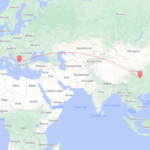
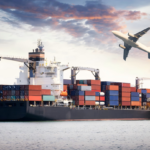

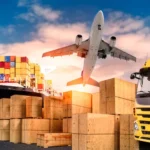

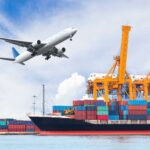
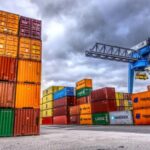
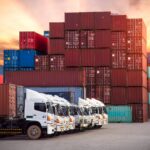
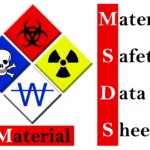

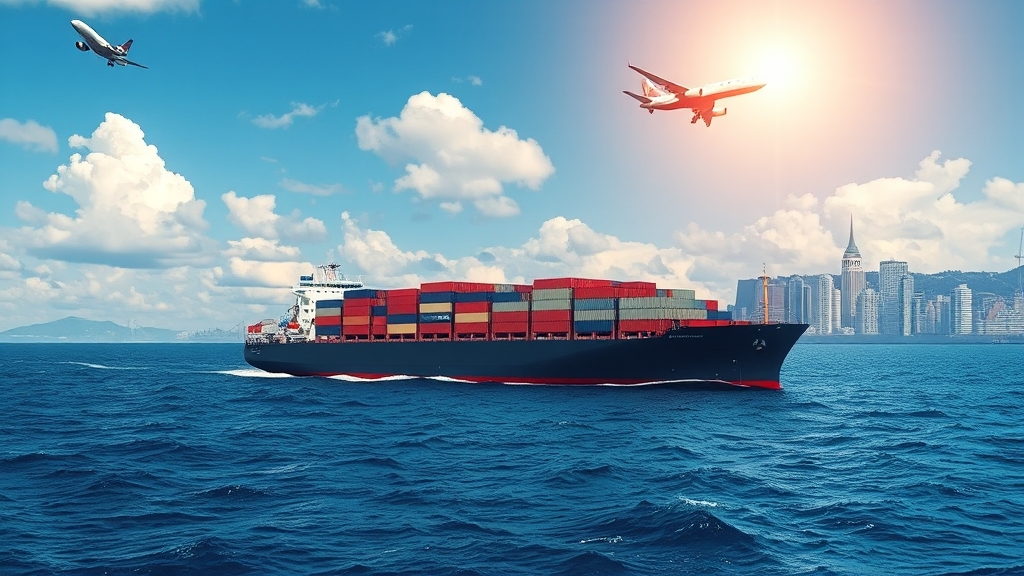

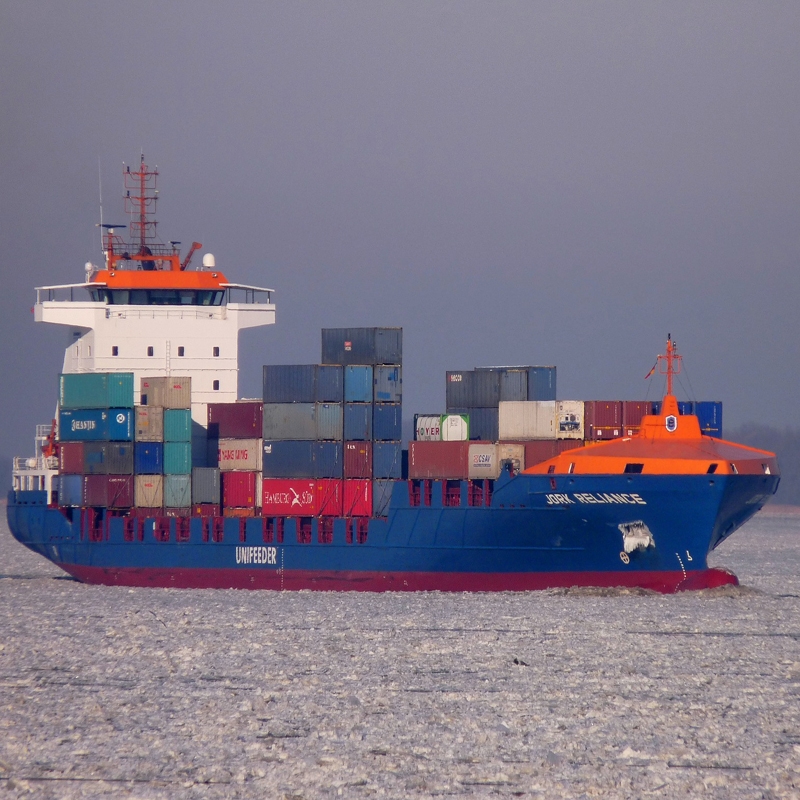
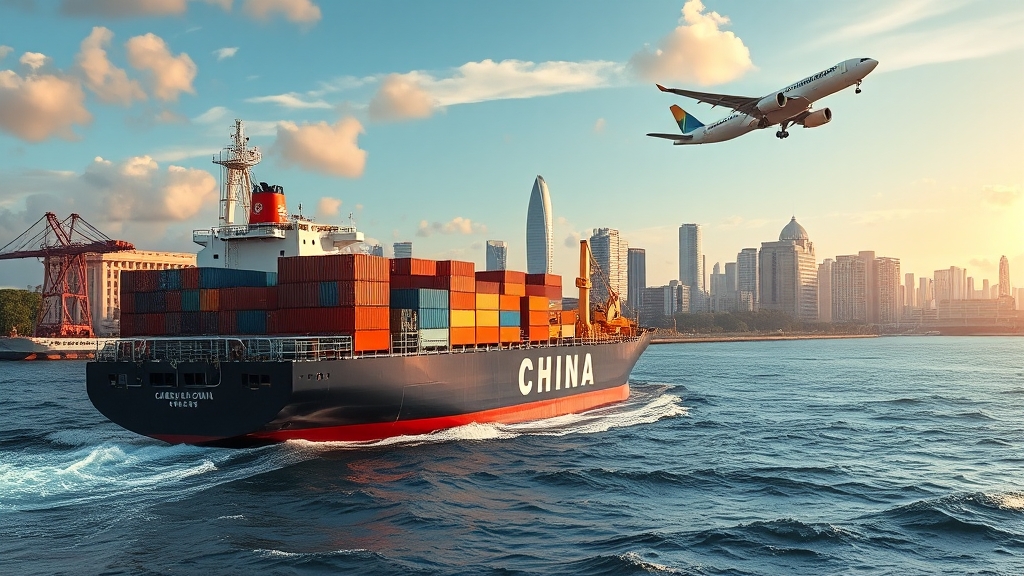
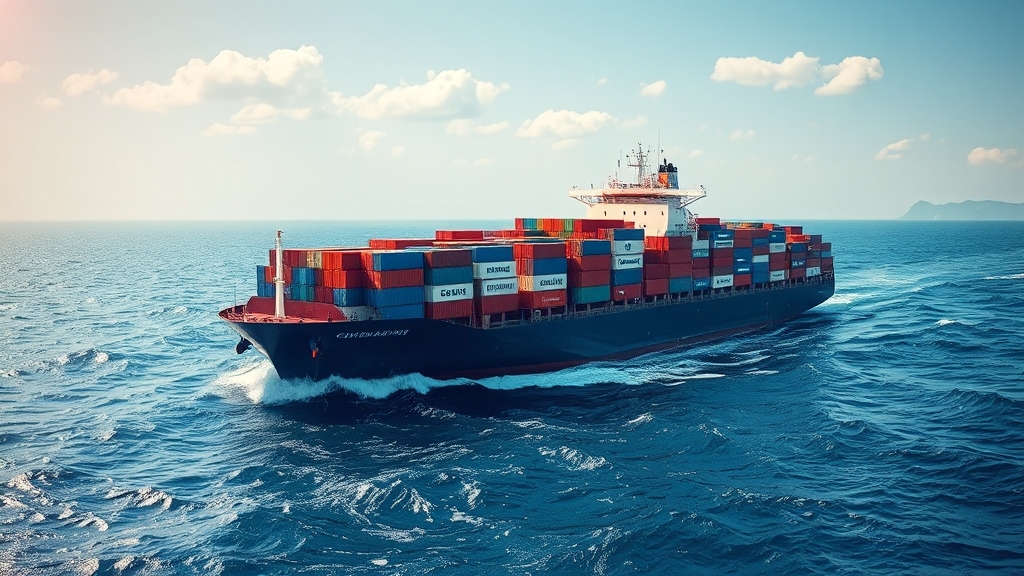





 Afrikaans
Afrikaans Shqip
Shqip አማርኛ
አማርኛ العربية
العربية Հայերեն
Հայերեն Azərbaycan dili
Azərbaycan dili Euskara
Euskara Беларуская мова
Беларуская мова বাংলা
বাংলা Bosanski
Bosanski Български
Български Català
Català Cebuano
Cebuano Chichewa
Chichewa 简体中文
简体中文 繁體中文
繁體中文 Corsu
Corsu Hrvatski
Hrvatski Čeština
Čeština Dansk
Dansk Nederlands
Nederlands English
English Esperanto
Esperanto Eesti
Eesti Filipino
Filipino Suomi
Suomi Français
Français Galego
Galego ქართული
ქართული Deutsch
Deutsch Ελληνικά
Ελληνικά Kreyol ayisyen
Kreyol ayisyen Harshen Hausa
Harshen Hausa Ōlelo Hawaiʻi
Ōlelo Hawaiʻi עִבְרִית
עִבְרִית हिन्दी
हिन्दी Hmong
Hmong Magyar
Magyar Íslenska
Íslenska Igbo
Igbo Bahasa Indonesia
Bahasa Indonesia Gaeilge
Gaeilge Italiano
Italiano 日本語
日本語 Basa Jawa
Basa Jawa ಕನ್ನಡ
ಕನ್ನಡ Қазақ тілі
Қазақ тілі ភាសាខ្មែរ
ភាសាខ្មែរ 한국어
한국어 كوردی
كوردی Кыргызча
Кыргызча ພາສາລາວ
ພາສາລາວ Latin
Latin Latviešu valoda
Latviešu valoda Lietuvių kalba
Lietuvių kalba Lëtzebuergesch
Lëtzebuergesch Македонски јазик
Македонски јазик Malagasy
Malagasy Bahasa Melayu
Bahasa Melayu മലയാളം
മലയാളം Maltese
Maltese Te Reo Māori
Te Reo Māori मराठी
मराठी Монгол
Монгол ဗမာစာ
ဗမာစာ नेपाली
नेपाली Norsk bokmål
Norsk bokmål پښتو
پښتو فارسی
فارسی Polski
Polski Português
Português ਪੰਜਾਬੀ
ਪੰਜਾਬੀ Română
Română Русский
Русский Samoan
Samoan Gàidhlig
Gàidhlig Српски језик
Српски језик Sesotho
Sesotho Shona
Shona سنڌي
سنڌي සිංහල
සිංහල Slovenčina
Slovenčina Slovenščina
Slovenščina Afsoomaali
Afsoomaali Español
Español Basa Sunda
Basa Sunda Kiswahili
Kiswahili Svenska
Svenska Тоҷикӣ
Тоҷикӣ தமிழ்
தமிழ் తెలుగు
తెలుగు ไทย
ไทย Türkçe
Türkçe Українська
Українська اردو
اردو O‘zbekcha
O‘zbekcha Tiếng Việt
Tiếng Việt Cymraeg
Cymraeg יידיש
יידיש Yorùbá
Yorùbá Zulu
Zulu